
27 MARCH, 2025
Newsletter
CLIMATE CHANGE – IS IT FOR REAL?
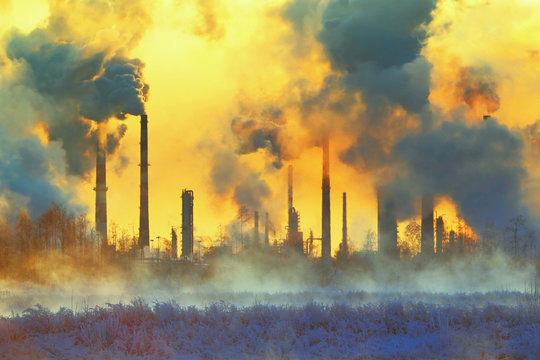
Under the new American Administration many conventional wisdoms have come under scrutiny and one of the long-standing scientific understandings, which came into question, is – weather the climate change is real and whether an action, such as transition from fossil fuels, is truly necessary.
Throughout the history the Earth has seen several significant climate alterations, the last Ice Age or the Medieval Warm period come as comparatively recent examples.
These changes have been caused in the past by natural climate cycles or earth orbit deviations. The current rapid warming however is different. The scientific consensus overwhelmingly confirms the raise in the temperature and attributes the dominant cause to human activity, particularly the emission of greenhouse gases like carbon dioxide and methane. These gases trap heat in the atmosphere and amplify natural warming trends.
The evidence is compelling and multifaceted:
- Global surface temperatures have risen rapidly—the past nine years are the warmest on record, with 2016, 2020, and likely 2024 standing out.
- The temperature of the oceans, who absorb much of this heat, increases of about 0.6°C since 1969.
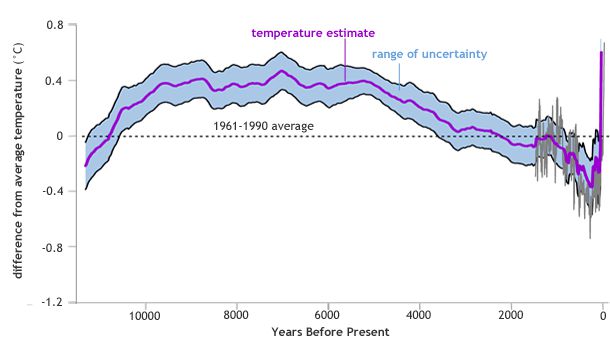
- Ice sheets are shrinking, glaciers are retreating worldwide, and Arctic sea ice is declining in extent and thickness.
- Sea levels are rising.
- Extreme weather events—including wildfires, droughts, and intense storms—are becoming more frequent and severe.
- Ocean acidification is increasing. The acidity of the surface waters has increased over the last 200 years by 30% thanks to the absorption of the carbon dioxide emissions.
- Permafrost is thawing, releasing even more carbon into the atmosphere, creating a feedback loop that accelerates warming.
Importantly, the rate of temperature increase and the concentration of CO₂ in the atmosphere are now higher than at any point in at least the last 10,000 years. The correlation is strong and backed by satellite observations, direct measurements, and paleoclimate records.
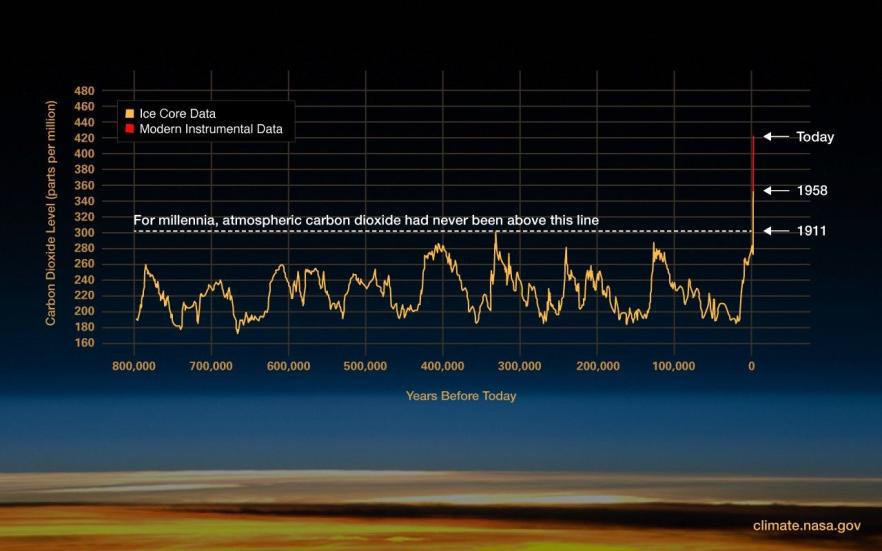
Satellite observations have been extremely helpful in collecting and analysing the evidence, understanding the trends, and measuring the impact. Without these spaceborne tools, our understanding of atmospheric and surface processes would be far less complete.
Here we provide some ample illustrations from ESA and NASA missions.
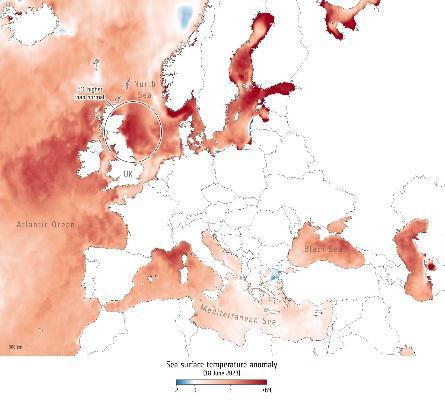
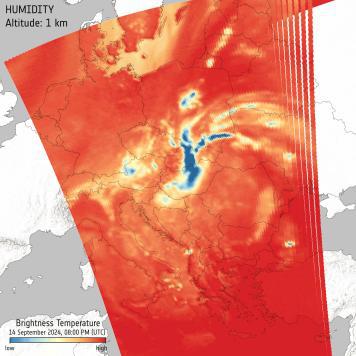

Over the last year, we’ve demonstrated how climate change impacts different regions through shifting precipitation patterns, prolonged droughts, or intensified storms. These natural phenomena along together with melting glaciers and thawing permafrost reshape landscapes and pose serious risks such as:
- Landslides emergence.
- Sinkholes formations.
- Terrain deformation from glacial retreat and terrains erosion.
- Coastal erosion due to rising seas.
- Changes in soil stability and vegetation zones.
To monitor these phenomena, Earth observation technologies—such as SAR, InSAR, optical, and spectral imaging—are essential tools. They provide high-resolution, near-real-time insights into how the planet is evolving and while many long-held assumptions may be reconsidered in today’s climate of uncertainty, we hope the critical need to monitor and protect the environment will remain unquestioned—and further strengthened.